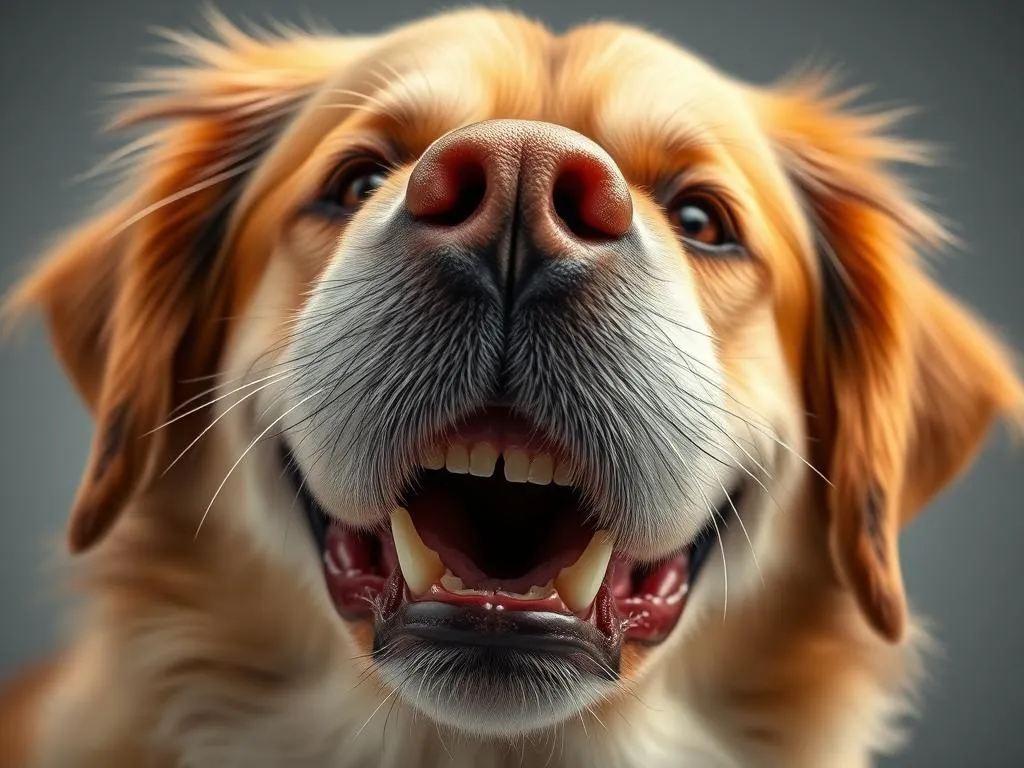
Introduction
Maintaining optimal health for our canine companions is a vital aspect of responsible pet ownership. Just like humans, dogs can experience a myriad of health issues, and dental health is often overlooked. Poor dental hygiene can lead to serious health complications, which is why understanding common dental problems and their treatments is crucial. One such treatment that may be necessary for dogs suffering from severe dental issues is a dog root canal.
Dental problems in dogs can lead to pain, infections, and even systemic health issues. Therefore, seeking veterinary care at the first sign of dental trouble is essential. This article will provide an in-depth look into dog dental health, focusing on the importance of root canals and how they can significantly improve your dog’s quality of life.
Understanding Dog Dental Health
Importance of Dental Care
Dental disease is one of the most common health issues faced by dogs today. According to the American Veterinary Dental College, approximately 80% of dogs exhibit signs of dental disease by the age of three. This staggering statistic highlights the urgent need for pet owners to prioritize dental care as part of their dog’s overall health regimen.
Good dental health is not just about a pretty smile; it has far-reaching effects on your dog’s overall well-being. Poor dental hygiene can lead to gum disease, which can facilitate the entry of bacteria into the bloodstream, potentially affecting the heart, liver, and kidneys. Therefore, maintaining your dog’s dental health is crucial for prolonging their life and ensuring they remain happy and healthy.
Common Dental Issues in Dogs
Dogs are susceptible to a range of dental problems, including:
- Gum Disease: This is the most prevalent dental issue among dogs, often caused by plaque buildup leading to inflammation and infection of the gums.
- Tooth Decay: While less common than in humans, dogs can suffer from cavities, primarily due to poor dental hygiene and diet.
- Periodontal Disease: This severe form of gum disease can lead to tooth loss and bone degradation.
Signs that your dog may be suffering from dental issues include:
- Bad breath
- Difficulty eating or chewing
- Swelling around the mouth
- Excessive drooling
- Loose or missing teeth
If you notice any of these symptoms, it’s paramount to consult your veterinarian promptly.
The Role of Root Canals in Dog Dental Care
What is a Root Canal?
A dog root canal is a dental procedure aimed at saving a tooth that has become infected or severely decayed. During this procedure, the infected pulp of the tooth is removed, and the tooth is cleaned and sealed. Unlike tooth extractions, which remove the tooth altogether, root canals preserve the natural tooth structure, thus maintaining the integrity of your dog’s mouth.
When is a Root Canal Necessary?
Root canals are typically advised in specific scenarios, including:
- Infection: If the dental pulp becomes infected, a root canal may be the only option to save the tooth.
- Severe Decay: When a cavity extends deep into the tooth, it can compromise the pulp, necessitating a root canal.
- Trauma: Dogs that experience trauma, such as a fracture, may require a root canal to ensure the tooth remains viable.
Timely intervention is crucial; delaying treatment can lead to more severe health complications, including abscesses and chronic pain.
Benefits of Root Canals for Dogs
The benefits of performing a root canal on your dog include:
- Pain Relief: Root canals alleviate the pain associated with infection or tooth decay, significantly improving your dog’s quality of life.
- Preservation of Natural Teeth: Keeping the natural tooth structure helps maintain the alignment of other teeth and supports overall dental health.
By opting for a dog root canal, you are investing in your pet’s long-term health and well-being.
The Root Canal Procedure for Dogs
Steps Involved in a Dog Root Canal
The dog root canal procedure typically involves several steps:
-
Pre-operative Evaluation and Diagnostics: Before the procedure, your veterinarian will perform a thorough examination, including X-rays, to assess the extent of the dental issue.
-
Anesthesia: Your dog will be placed under general anesthesia to ensure they are pain-free and calm during the procedure.
-
Step-by-Step Breakdown:
- Access Opening: The veterinarian creates an opening in the crown of the tooth to access the pulp chamber.
- Pulp Removal: The infected or decayed pulp is carefully removed.
- Cleaning and Shaping: The inside of the tooth is cleaned, shaped, and disinfected.
- Sealing: The tooth is sealed with a special material to prevent future infection.
Recovery and Aftercare
Post-operative care is vital for ensuring a smooth recovery. Your veterinarian will provide specific instructions, which may include:
- Monitoring for signs of infection, such as swelling or discharge.
- Administering prescribed pain relief or antibiotics.
- Avoiding hard foods for a specified period.
It’s essential to keep an eye on your dog during recovery. If you notice any concerning symptoms, consult your veterinarian immediately.
Preventative Dental Care for Dogs
Routine Dental Check-ups
Regular veterinary visits are crucial for maintaining your dog’s dental health. It is generally recommended to have your dog’s teeth and gums checked at least once a year. During these check-ups, your veterinarian can identify potential issues before they escalate.
At-Home Dental Care
In addition to professional cleanings, at-home dental care is key to preventing dental problems. Here are some tips:
- Brushing Teeth: Regular brushing can help reduce plaque buildup. Use toothpaste specifically designed for dogs.
- Dental Products: Chews, toys, and water additives designed for dental health can also be beneficial.
Diet and Its Impact on Dental Health
Diet plays a significant role in your dog’s dental health. Foods that promote dental health include:
- Dry kibble: Helps reduce plaque buildup.
- Raw vegetables: Carrots and apples can help clean teeth naturally.
Conversely, avoid feeding your dog sugary treats or soft, sticky foods that can contribute to dental decay.
Frequently Asked Questions (FAQs)
How can I tell if my dog needs a root canal?
Signs that may indicate your dog requires a root canal include persistent bad breath, difficulty eating, noticeable swelling around the mouth, or a tooth that appears discolored or loose. If you observe any of these symptoms, consult your veterinarian.
Are root canals painful for dogs?
While the procedure itself is performed under anesthesia, which prevents pain during the operation, your dog may experience some discomfort during recovery. However, this is typically managed with pain relief medications prescribed by your veterinarian.
What is the cost of a dog root canal?
The cost of a dog root canal can vary significantly based on factors such as the dog’s size, the complexity of the case, and the veterinarian’s location. On average, pet owners can expect to pay between $800 and $2,500 for the procedure.
Can dental issues in dogs lead to other health problems?
Yes, untreated dental issues can lead to more serious health problems, including infections that may spread to the heart, liver, or kidneys. This underscores the importance of addressing dental health proactively.
Conclusion
In conclusion, dental health is a critical component of your dog’s overall well-being. Understanding the importance of regular dental care and being aware of issues like the need for a dog root canal can significantly improve your dog’s quality of life. Always prioritize your pet’s dental health and consult with a veterinarian at the first sign of trouble.
By taking proactive steps in dental care, you can help ensure your dog enjoys a long, healthy, and happy life. Consult your veterinarian today to discuss your dog’s dental health and explore options for at-home care and professional treatments.









